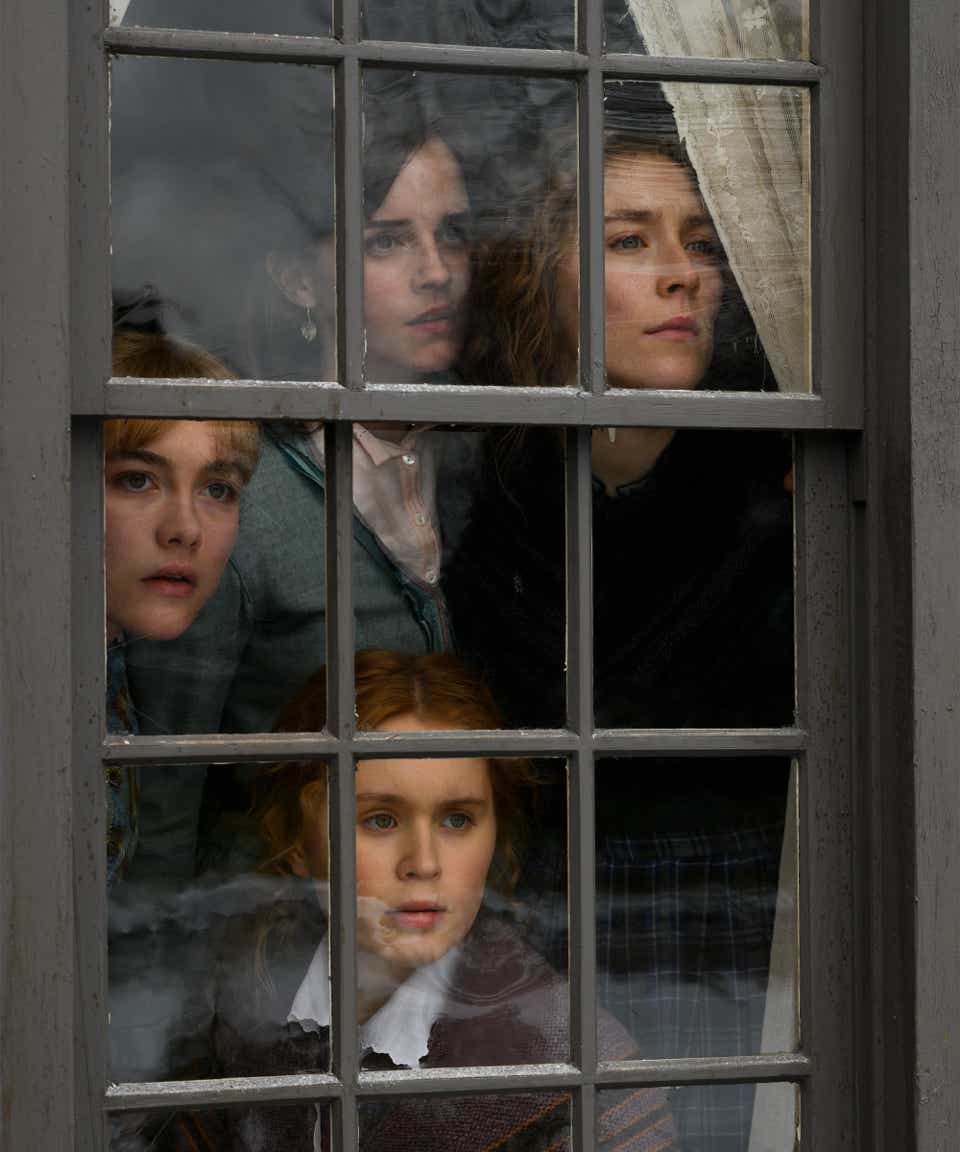
Warning: Contains Spoilers!
The book ‘Little Women’ by Louisa May Alcott, based on her own life, has never been out of print since it was first published in 1868. I have read and re-read the book countless times and I have laughed and cried along with the 4 March sisters to the point where the book defines some of my childhood.

Gerwig’s second directorial piece leaves little to be desired. The blocking, tone, color, dialogue, writing, etc. is immaculate in a brilliant way that recalls the term genius. I’ve watched hours of interviews so there’s almost too much to talk about in the sense of the amount of work and thought put into this piece of art.
Little Women 2019 has a non-linear narrative:
The first half of the novel follows the March sisters when they are young girls, and the second half consists of their adulthood. In the movie, we have two separate timelines that start in 1861(past) and 1868(present). Both these timelines move forward from their origin point once they have been established. Gerwig is able to execute this flawlessly and this back and forth between girlhood and adulthood provides nuance to the tone that isn’t as prevalent in the book.
Little Women starts not with the iconic first line from the book, with Jo, a character based on Alcott, complaining that “Christmas won’t be Christmas without presents,” but with 21-year-old Jo rushing through a crowd to a publisher’s office. We see her struggling to make a living as a writer, her lifelong ambition, and working as a teacher to support her family.
The memorable, funny, and heartwarming incidents of their childhood could be perceived as memories or flashbacks. Jo, who presumably narrates the story in the book, never quite settles with change as easily as her sisters. She struggles with letting go of the ways things were in her girlhood and the Gerwig wanted to focus on the fact that maybe memories are perhaps rendered more whimsical than the moments might have been.
How does one get the audience to distinguish between these two timelines as they trade places back and forth? Well, the warmer tones represent the past and the bluish tones represent the present. Warm tones best represent the warmth and love of childhood, times spent with her family and sisters, her dreams of becoming a writer.
The cooler tones signify the mundanity of adulthood, reality, the sisters going their own ways, Beth dying from illness, and Jo’s struggle to achieve her dreams. It would’ve been easy to stick a couple of dates here and there to indicate timelines but Gerwig chose to do something much more creative that magnifies the difference between memory and reality and how we interact with them.
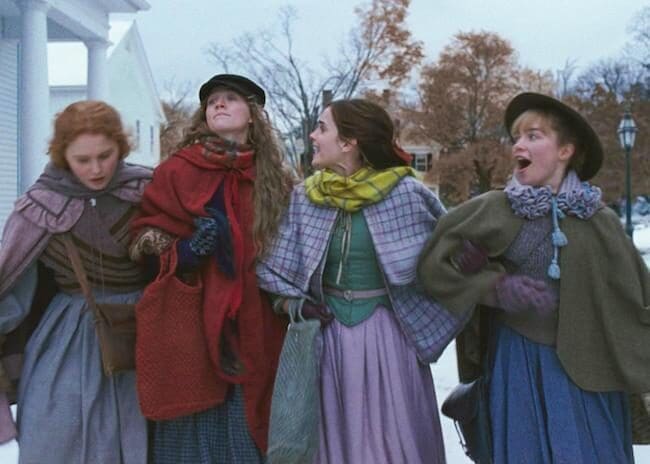
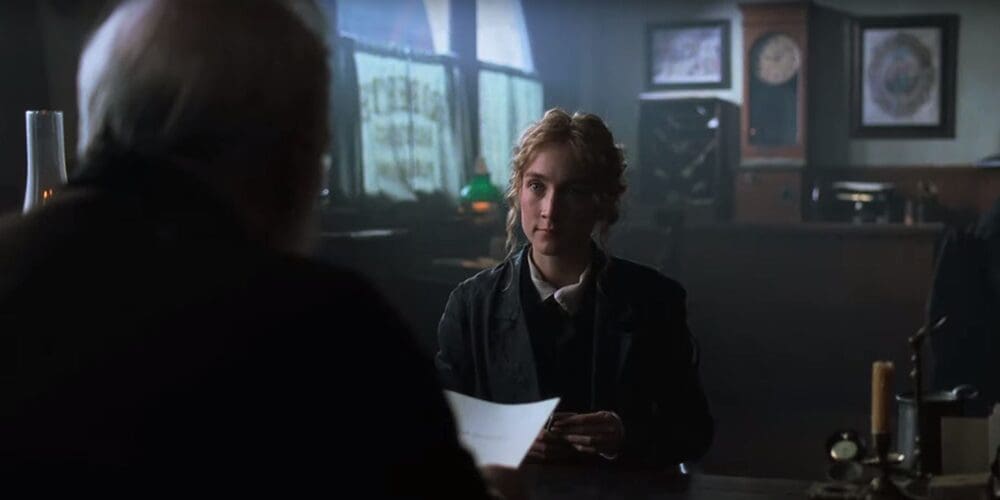
Writing:
Gerwig is no stranger to writing a great screenplay, having written ‘Ladybird’ and co-written ‘Frances Ha’, both with stellar storytelling skills. Her ability to draw out well-rounded characters and deliver larger-than-life stories, even in an adaptation, is certainly clear. One of the most interesting devices she used for the dialogue is the device of the slash to indicate overlap between lines.
It’s quite possibly one of the most life-inducing parts of the film when the sisters are all talking over each other but it feels like a messy, fun orchestra where not one word is out of place. Gerwig used the slash device in the screenplay to indicate what words would be said at the same time and created a sort of flowing river that takes you on a journey as you watch and listen.
The Novel and the Author:
The text was treated with a Shakespearan adherence because so many of those lines are etched into memory. But what makes this particular adaptation of Little Women so important, so modern and compelling is that she tried to look at Jo as Louisa writing her story having lived her life.
Louisa never married, having Jo marry, in the book, as a result of her editor as well as letters she received from fans. So near the ending, when we see Jo chase after her supposed love interest and ask him to marry her, and cut to the next scene where we are left to wonder whether that actually happened; we are left to look at her marriage with a more critical lens than we have ever been exposed to.
There is no antagonist in Jo’s life, but what we see is her trying to defy the system she lives in and show the world that women are meant for more than just love and romance. That they have hopes, dreams, and ambition as well as just love.
Alcott was an exceptional artist. It is astonishing that a woman in those times knew enough to keep her copyright, which she managed to do. Gerwig recognized this and crafted a narrative in which, in her words, ‘it’s not girl gets boy, it’s girl gets book’. This is exactly why the last scene is that of Jo holding the first book that she’s ever written in her arms as the credits roll in.
About the Author: Ananya Ananth is a Media and Communication student who writes, dances, and pets cats. Will be found vibing to music and instant coffee at all hours.

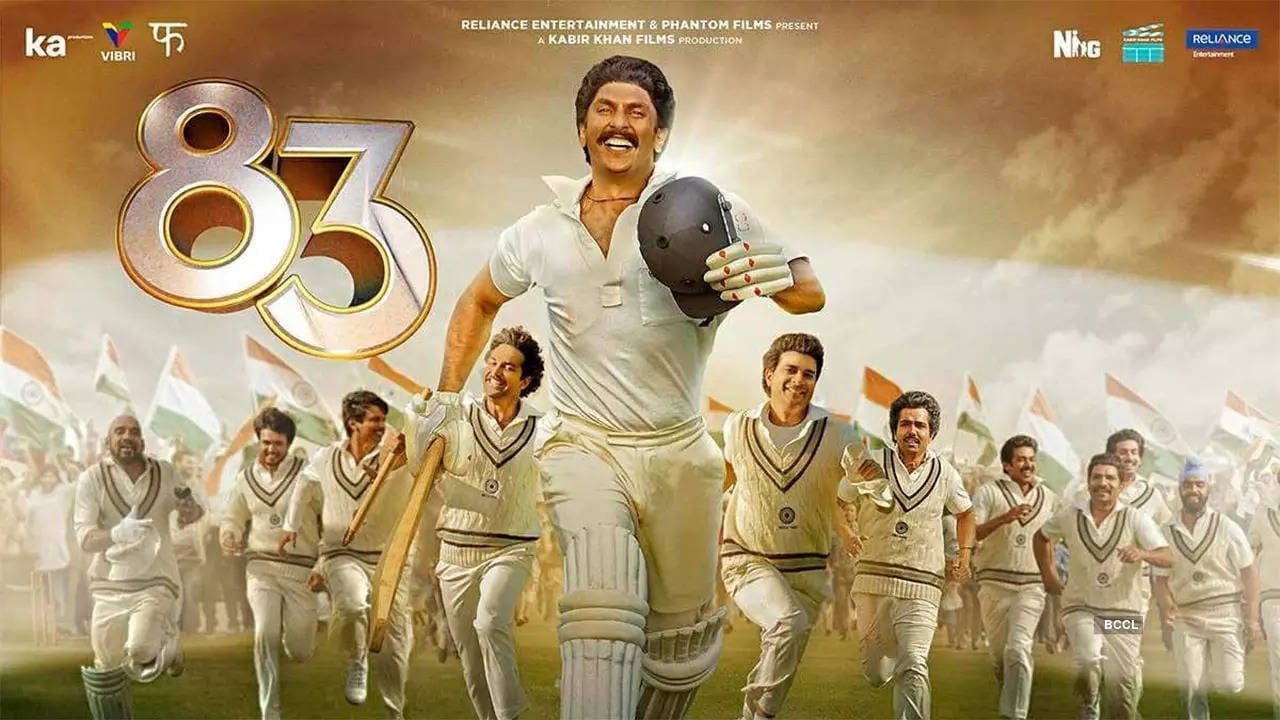
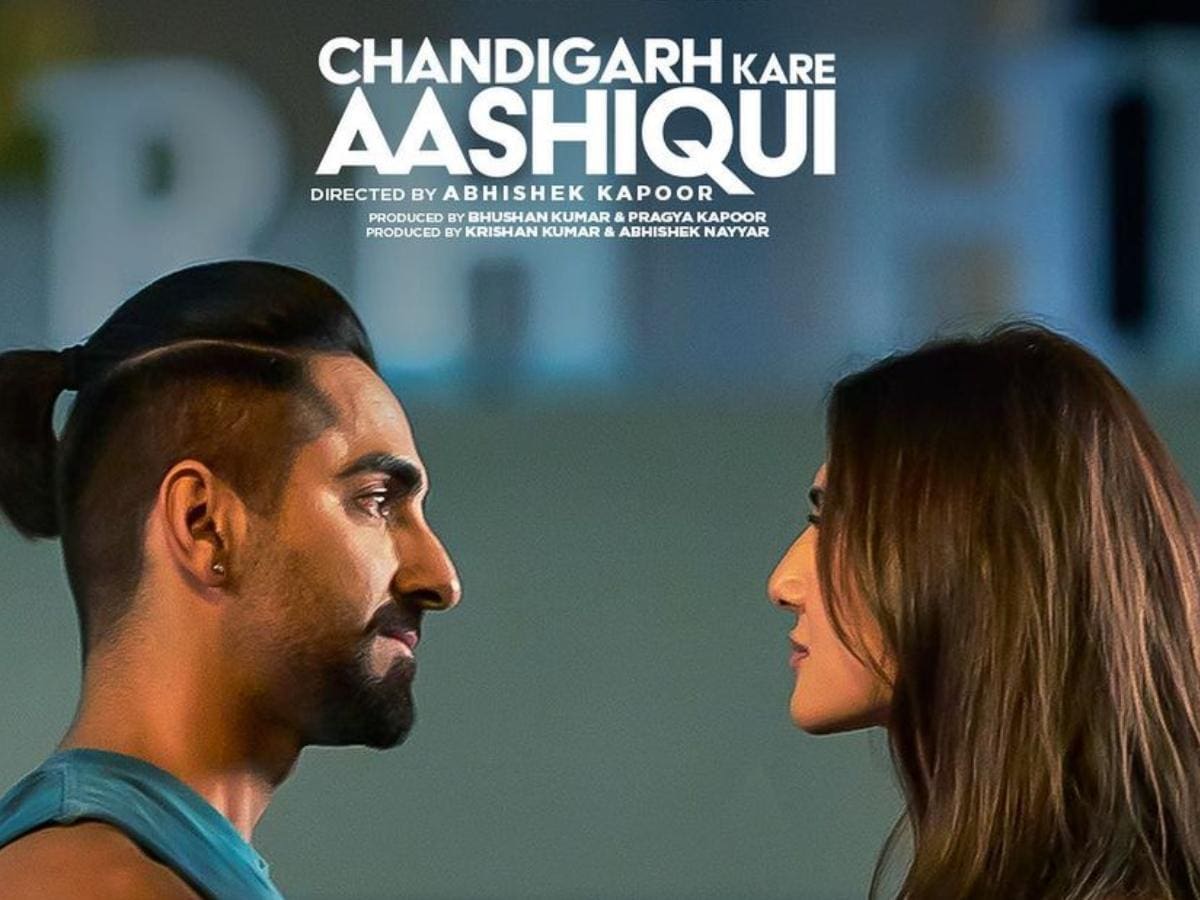

Be the first to comment